Hunt Country’s Historic Past: Civil War Sites to Explore
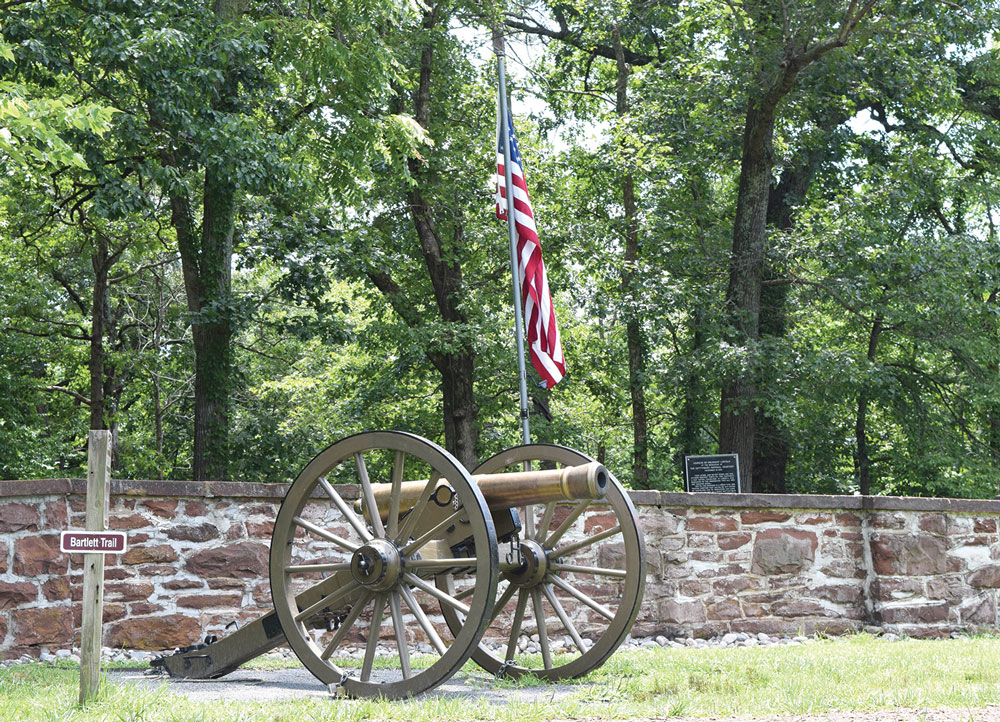
Story and Photos by Kaitlin Hill
Rolling hills dotted with aging stone edifices and lined with miles of split rail fencing are undeniably part of Hunt Country’s bucolic beauty. But more than aesthetic appeal, these characteristic elements are markers of the area’s rich history and its pivotal position during the American Civil War.
Also known as Mosby’s Heritage Area, the road from Leesburg to Delaplane to Manassas is home to a wealth of pristinely preserved period structures, some well known and others hidden gems, that tell the story of our past and are waiting to be explored.
Ball’s Bluff Battlefield – Leesburg
Ball’s Bluff Battlefield hosted the second largest Civil War conflict in Loudoun County as part of the Eastern Theater in 1861. It is believed this skirmish was the result of an inexperienced officer’s blunder. Union Captain Chase Philbrick mistook trees for tents and reported the presence of an unguarded enemy camp. Though later engagements would make Ball’s Bluff battle look minor by comparison, the event had a significant impact on the Union Army’s chain of command logistics. This area is also remembered as the place where Colonel Edward D. Baker, a senator from Oregon and friend of President Lincoln, died. Though he isn’t buried in the minuscule National Cemetery onsite, 54 Union soldiers are. This burial ground, which backs up to a scenic overlook, is the smallest National Cemetery in the nation.

On Oct. 19, the site will commemorate the 158th anniversary of Ball’s Bluff with a Civil War-era band, cannon firing and plenty of re-enactors. Guided tours are offered every Saturday and Sunday at 11 a.m. and 1 p.m. from April to November.
Ball’s Bluff Rd NE, Leesburg, VA 20176
Oatlands Historic House and Gardens – Leesburg
In 1798, George Carter, a descendant of one of Virginia’s first families, inherited a sprawling 3,408-acre property in Loudon County and broke ground on the towering Federal-style mansion in 1804. As the plantation expanded, so did its purpose. Carter fashioned it for wheat and wool production, and later added a mill on Goose Creek. The estate, now a National Historic Landmark, offers programs educating the public about its 200 year history, including its role during the Civil War.
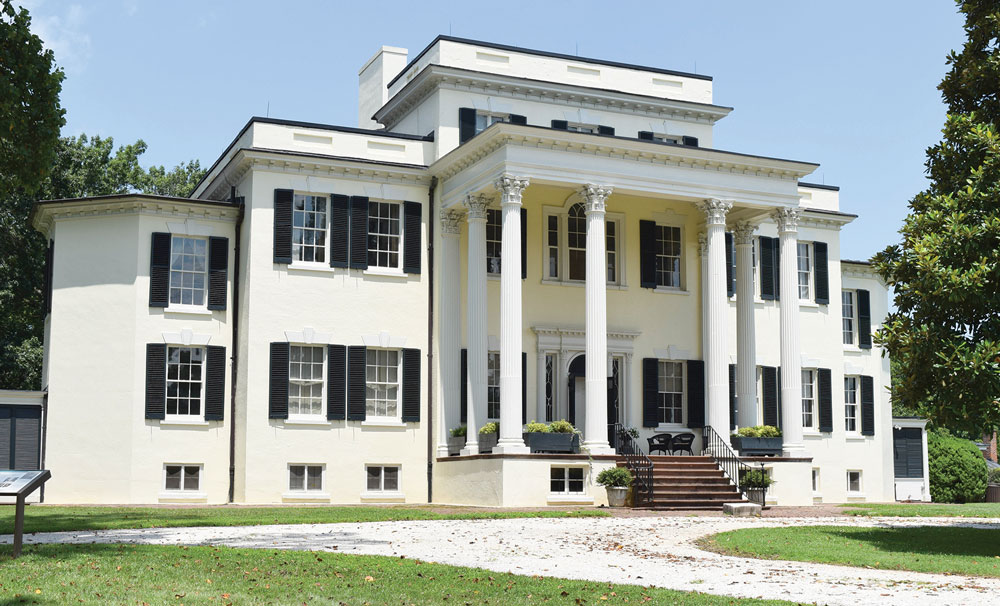
Confederate Colonel Nathan George “Shanks” Evans retreated to Oatlands as Union troops in surrounding areas swelled. He briefly used the area as headquarters, though did so without the permission of his superior. He was quickly ordered to return to Leesburg on Oct. 19, 1861. Some scholars believe that the battle at Ball’s Bluff would have occurred at Oatlands had it not been for certain coincidences and miscommunications. Oatlands has something for everyone with tours of the house, grounds, and gardens.
20850 Oatlands Plantation Lane, Leesburg, VA 20175
Mt. Zion Old School Baptist Church – Aldie
Mt. Zion Old School Baptist Church was established in 1851. Its position at the intersection of Old Carolina Road and Route 50 gave it a front-row view to many notable Civil War engagements and its proximity to battlefields made it an ideal outpost used as a meeting ground, prison, battleground, and medical facility. Specifically, in June of 1863 Union soldiers used the church a field hospital during the cavalry skirmishes in Middleburg, Aldie, and Upperville. The adjacent graveyard is the final resting place for many Civil War casualties and even one soldier from the War of 1812.
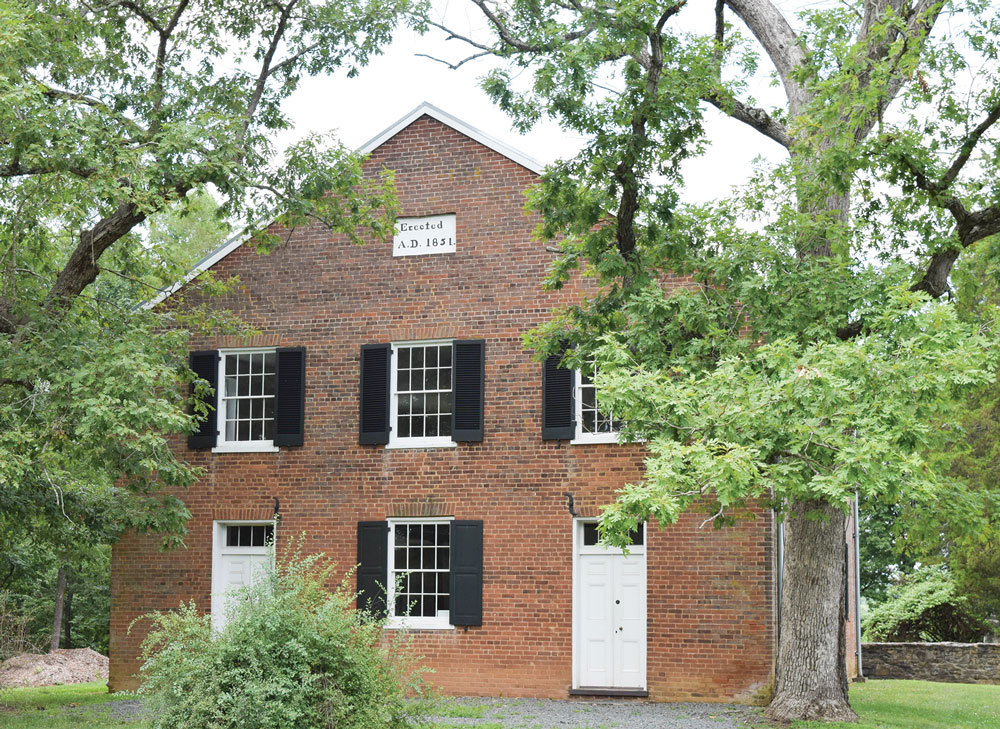
The church is also a place of significance for journalists. A war correspondent for the New York Herald, Lynde Walter Buckingham, suffered a fatal fall from his horse while being pursued by Mosby’s men in 1863. He died at Mt. Zion and is buried in the graveyard. His friend, famed Civil War sketch artist Alfred Waud, dug his grave. The Society of Professional Journalism designated Mt. Zion Old School Baptist Church and Graveyard as a Historic Site in Journalism on June 14, 2013.
40309 John Mosby Hwy, Aldie, VA 20105
Aldie Mill Historic Park – Aldie
Built between 1807 and 1809, Aldie Mill proved to be a hot spot of Civil War activities in the 1860’s. In addition to providing grain for both Union and Confederate soldiers, Aldie Mill is the site of a confrontation between the 2nd New York Cavalry and the 2nd Virginia Cavalry, as well as the incident known as the “Aldie Races.” Legend says that men from the 1st Vermont stopped near the mill for a coffee break where they were ambushed by Mosby and sixteen of his rangers. Other northern soldiers, upon seeing Mosby just east of the mill, hopped into wheat bins and grain hoppers to hide. They were later captured and brought to Middleburg. The mill was also famously visited by James Monroe who lived at nearby Oak Hill.
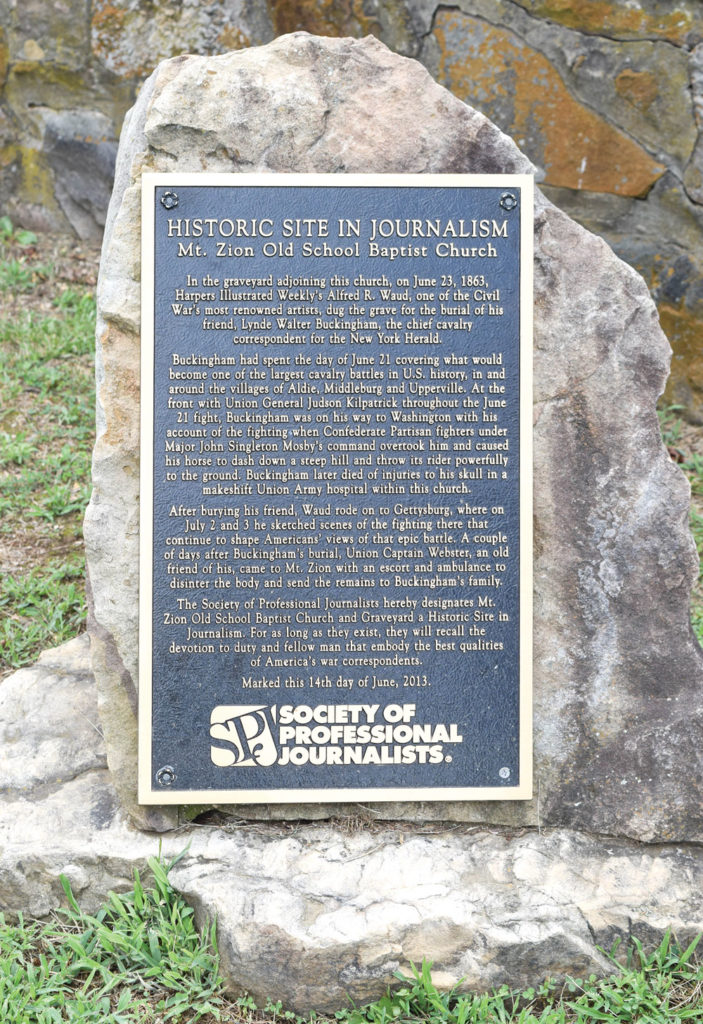
The mill still stands today and is open mid-April through mid-November for guided or self-guided tours. From Aug. 2-11, Run Rabbit Run Theater will put on a production of “All for the Union” at the Mill. This play tells the story of Virginia’s female editors of The Waterford News, Lida and Lizzie Dutton and Sarah Steer.
39401 John Mosby Hwy, Aldie, VA 20105
The Red Fox Inn & Tavern – Middleburg
In 1728, before Middleburg was even Middleburg, Joseph Chinn built his tavern in the center of what would become the town’s main street nearly six decades later. Chinn’s Original, which was christened The Beveridge House in 1812, became a Confederate meeting place during the Civil War. At the start of the Gettysburg Campaign, it was used as headquarters as well as a hospital for the South. And, was the spot where General J.E.B Stuart met with Colonel John Mosby and the Mounted Rangers. Traces of its former identity remain today. The service bar in the Tap Room was made from a Civil War-era operating table.
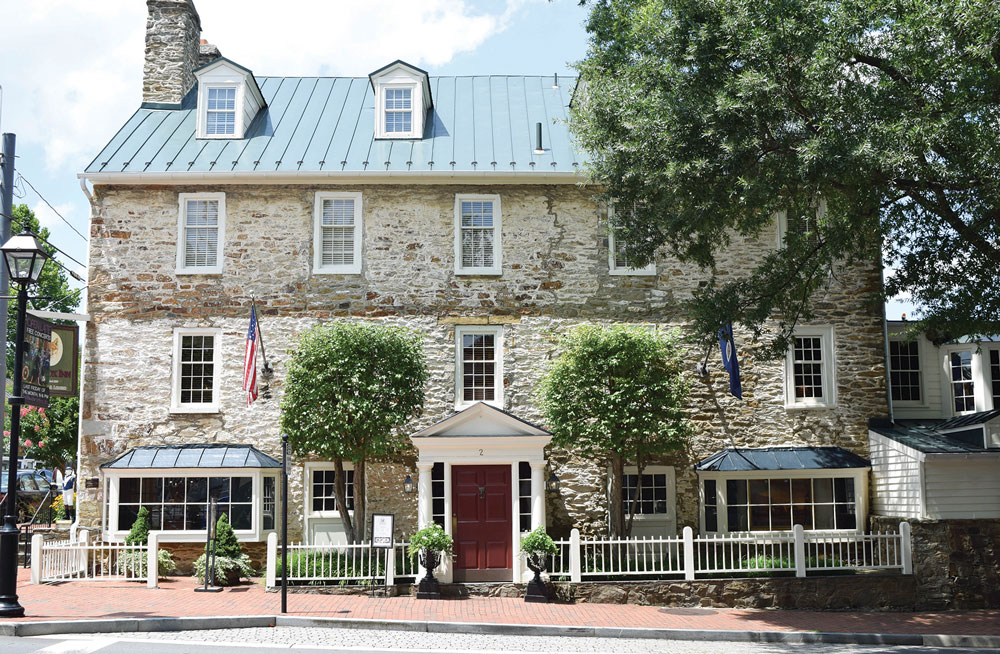
In the 1930s this historic building was set to be leveled but was saved by a local citizen who renamed it the Red Fox Inn in 1937. In 1976, Nancy Reuter purchased the inn, which is now run by her granddaughter, Matilda. The Red Fox Inn & Tavern is a favorite among locals and out-of-towners for exquisite food and a bit of history in a lovely country setting.
2 E Washington St, Middleburg, VA 20117
1st Maine Cavalry Monument at Mt. Defiance Historic Park – Middleburg
On U.S. Route 50, just past Middleburg’s main stretch, is Mt. Defiance Historic Park. Considered a critical Southern position during the Battle of Middleburg, this park surprisingly contains a monument dedicated to Union Soldiers of the 1st Maine regiment. The memorial is made of gray granite, native to Portland, Maine, and lists the names of 17 cavalrymen who died during combat at the battle of Aldie, Middleburg or Upperville.
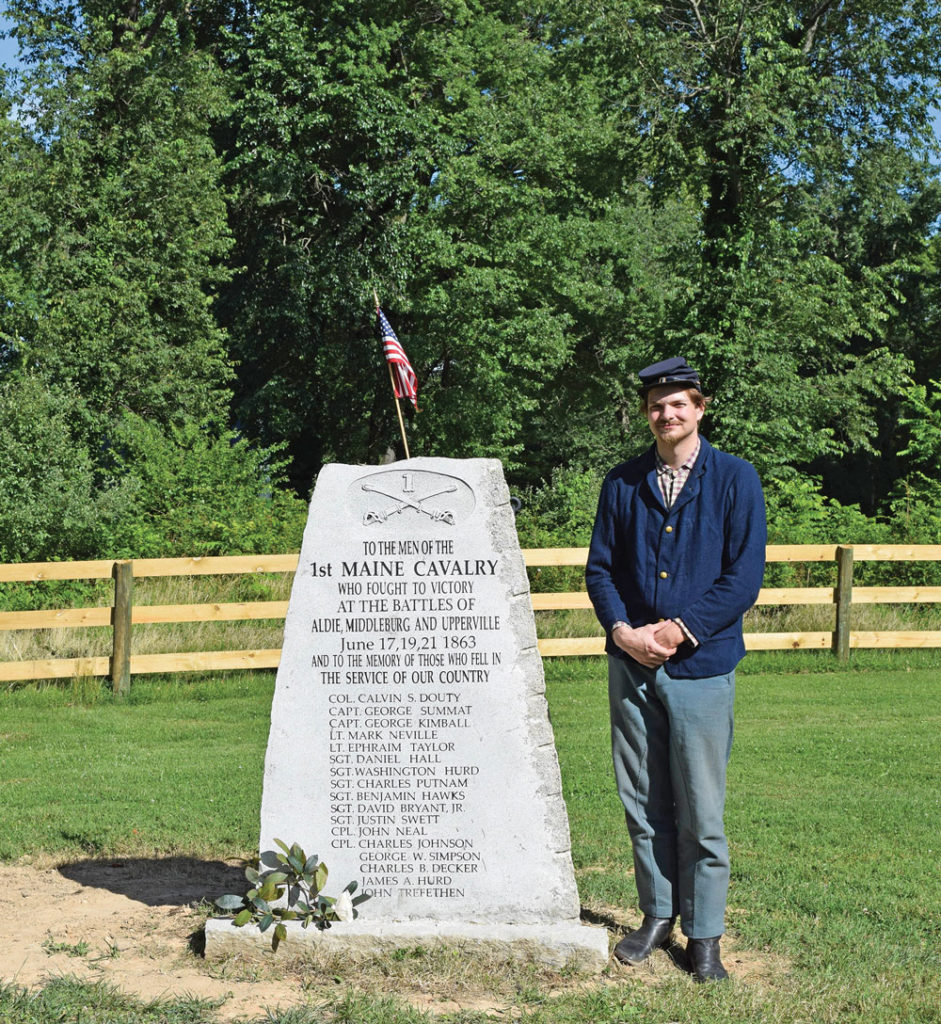
In addition to the commemorative structure, there is a walking path of the grounds peppered with historical markers and a few original Civil War-era buildings including a cottage and blacksmith’s shop. Guided tours run each Saturday from 2 p.m. to 3:30 p.m. Register online through the NOVA Parks webpage.
35945 John Mosby Highway, Middleburg, VA 20117
The Caleb Rector House – Atoka
Minutes from Middleburg and Mt. Defiance Historic Park, is The Caleb Rector House, headquarters of The Mosby Heritage Area Association. The stone house was built in the early 1800s and owned by Caleb and Mary Ann Rector during the Civil War. John Mosby organized the 43rd Battalion Virginia Cavalry in the home’s parlor on June 10, 1863, and J.E.B Stuart placed his center of command there during the Gettysburg Campaign.
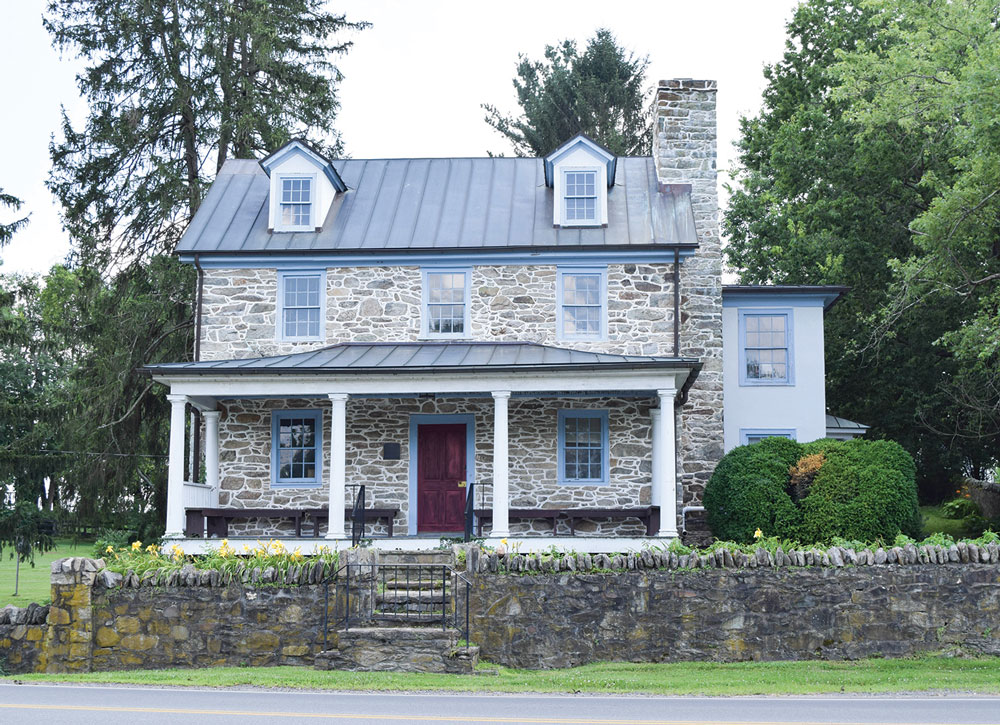
The house is open to the public and invites guests to tour the parlor. In addition, the Rector House is a treasure trove of information with many brochures on recommended walking and driving tours and historic scavenger hunts. The friendly staff is passionate about historic preservation and education and will gladly assist you.
1461 Atoka Road, Marshall, VA 20115
Goose Creek Stone Bridge – Atoka
It’s easy to envision what the lay of the land may have looked like to Civil War participants when visiting Goose Creek Bridge. Built in 1803, the arched bridge of local fieldstone is thought to be not only the oldest, but also the longest, of its kind in Virginia. Over 200 years later, the causeway remains in excellent condition and the surrounding valley and trickling creek have been left untouched. The spot boasts natural beauty and historical significance. It was the location of a cavalry and artillery duel between J.E.B Stuart’s assembly and the Federal soldiers led by Alfred Pleasonton that took place on June 21, 1863.
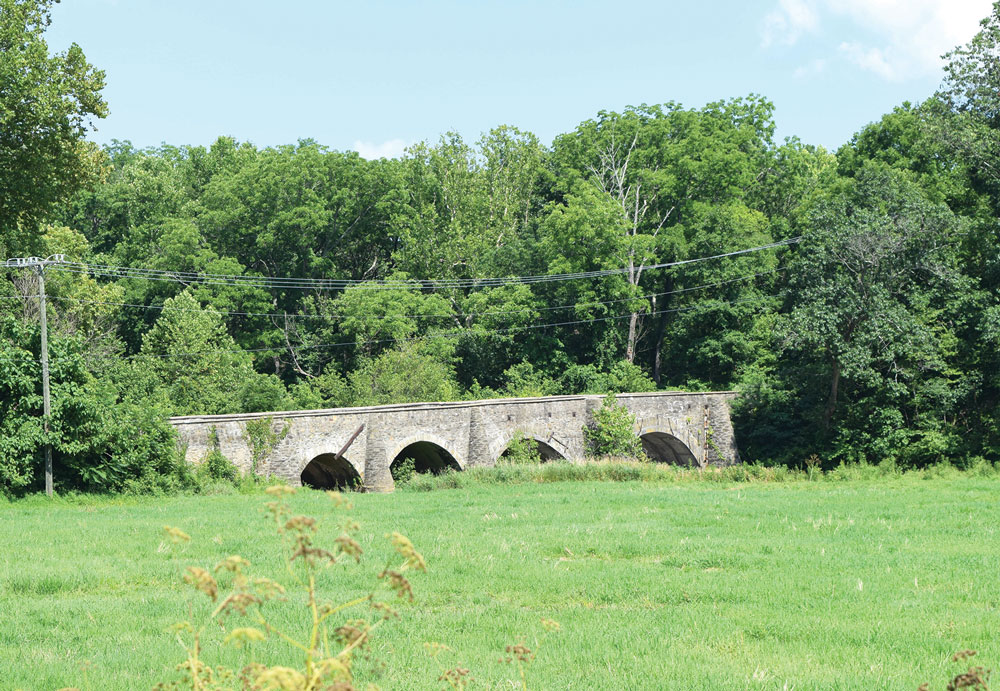
The bridge can be viewed from afar or crossed, allowing visitors to walk in the footsteps of those who came before them.
Right off U.S. Route 50, just west of Atoka
Mount Bleak at Sky Meadows State Park – Delaplane
Loved by nature enthusiasts and avid hikers, Sky Meadows is known for its breathtaking views, winding trails and idyllic picnic spots. However, more than a scenic day trip, Sky Meadows has strong Civil War ties that start with the Settle family and their home at Mount Bleak. The Federal-style house was built in 1843 for Abner and Mary Kyle Settle whose three sons would fight in the Civil War. Thomas, the eldest, was a regimental surgeon for Turner Ashby’s 7th Virginia Cavalry. He would serve in the 11th, 12th, and 13th cavalries as well. His younger brothers, Isaac and Abner Jr., would fight under Mosby’s banner. Incredibly, all the Settle children would return home unscathed.
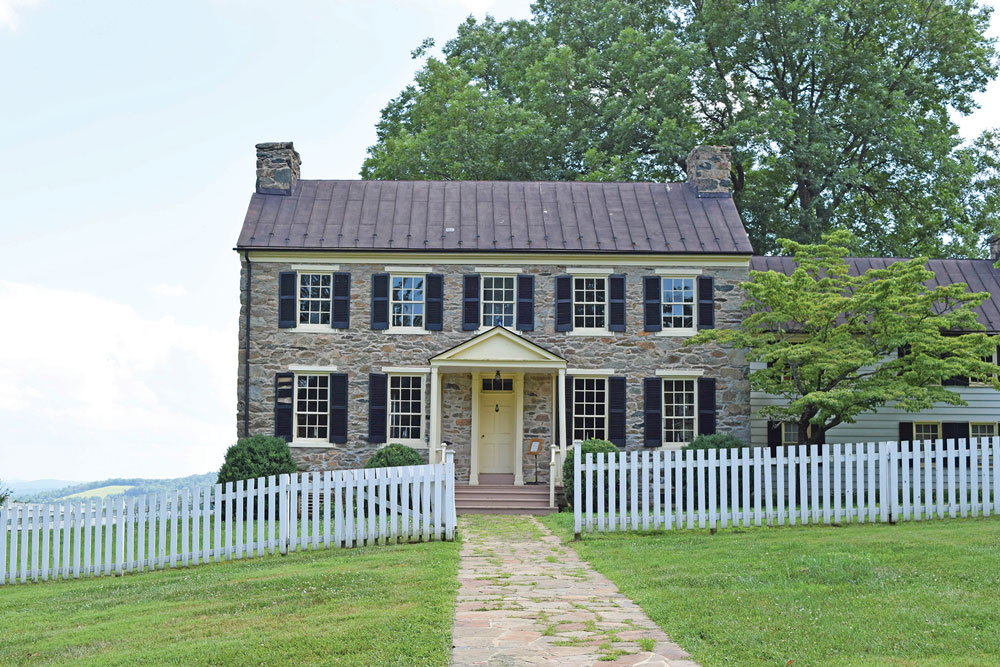
Today, the main house and other period structures are reminders of what life would have looked like for the Settle family during the Civil War.
11012 Edmonds Ln, Delaplane, VA 20144
The Winery at Bull Run – Centreville
The Winery at Bull Run, which opened in 2012, is surrounded by and steeped in Civil War history. The 225-acre property sits on the edge of Manassas National Battlefield Park where the first major land battle of the American Civil War took place in 1861. In addition to sweeping views of this Civil War landmark and the winery’s award-winning wine, visitors are treated to a display of military artifacts collected by winery owner, Jon Hickox.
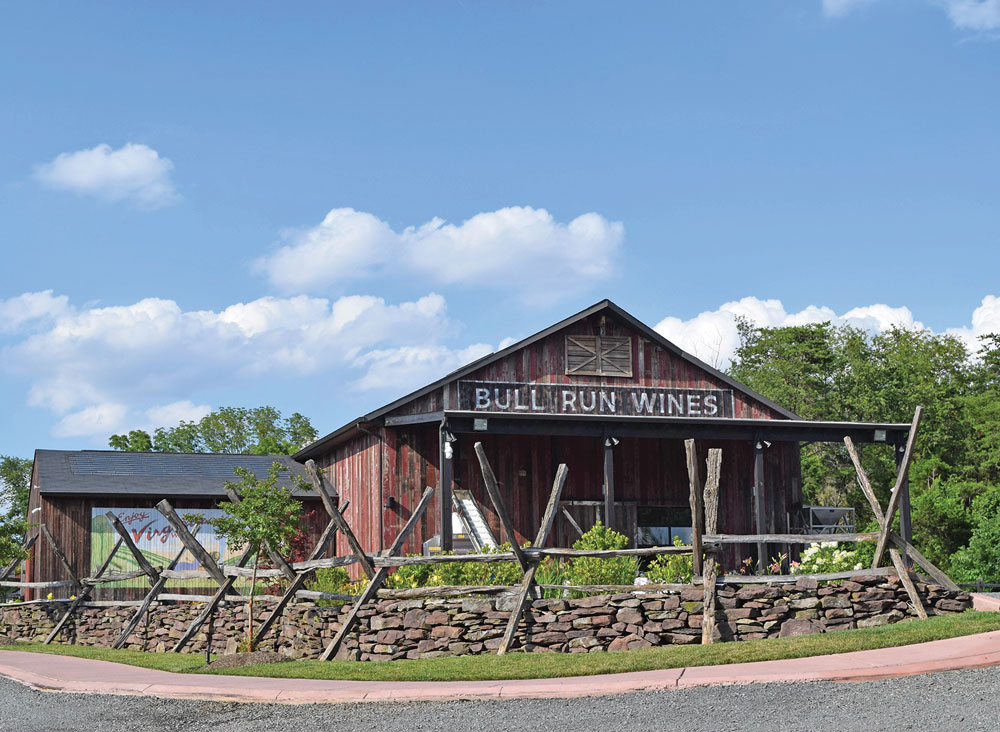
The Winery at Bull Run even has its own ruins — the foundation and chimney of the Hillwood house — which served as a hospital during the First Battle of Bull Run and is said to be near where Union Lt. Peter C. Hains would fire his three-ton rifled cannon, named “Baby Waker,” into Confederate encampments. Interestingly, this property also became a popular viewing post for Washingtonian tourists seeking a prime seat for the battle action.
Hickox and his team offer historical tours and tastings — the perfect pairing of education and alcohol — that are wonderfully fun. ML
15950 Lee Highway, Centreville, Virginia 20120
This article first appeared in the August 2019 issue of Middleburg Life.


